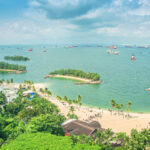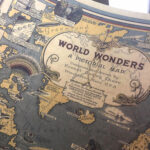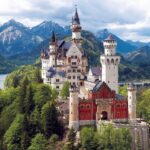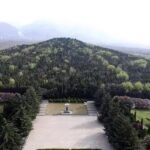
The Czech Republic, is a landlocked country in Central Europe. Historically known as Bohemia, it is bordered by Austria to the south, Germany to the west, Poland to the northeast, and Slovakia to the southeast. The Czech Republic has a hilly landscape that covers an area of 78,871 square kilometers (30,452 sq mi) with a mostly temperate continental and oceanic climate. The capital and largest city is Prague; other major cities and urban areas include Brno, Ostrava, Plzeň and Liberec.
One of the tourist attractions in the Czech Republic is the Nether district Vítkovice in Ostrava. The Czech Republic boasts 16 UNESCO World Heritage Sites, 3 of them are transnational. As of 2021, further 14 sites are on the tentative list. Architectural heritage is an object of interest to visitors – it includes castles and châteaux from different historical epoques, namely Karlštejn Castle, Český Krumlov and the Lednice–Valtice Cultural Landscape. There are 12 cathedrals and 15 churches elevated to the rank of basilica by the Pope, calm monasteries. Away from the towns, areas such as Bohemian Paradise, Bohemian Forest and the Giant Mountains attract visitors seeking outdoor pursuits. There is a number of beer festivals. The country is also known for its various museums. Puppetry and marionette exhibitions are with a number of puppet festivals throughout the country. Aquapalace Prague in Čestlice is the largest water park in the country. (Source from Wikipedia)



1. Prague
Prague is the capital and largest city in the Czech Republic,[8] and the historical capital of Bohemia. On the Vltava river, Prague is home to about 1.3 million people. The city has a temperate oceanic climate, with relatively warm summers and chilly winters. Prague is home to a number of well-known cultural attractions, many of which survived the violence and destruction of 20th-century Europe. Main attractions include Prague Castle, Charles Bridge, Old Town Square with the Prague astronomical clock, the Jewish Quarter, Petřín hill and Vyšehrad. Since 1992, the historic center of Prague has been included in the UNESCO list of World Heritage Sites.
![IMG_9027-80239f36ff174db4977dddb86cca975a[1]](https://hobbymart.net/wp-content/uploads/2022/06/IMG_9027-80239f36ff174db4977dddb86cca975a1-768x512.jpg)
![9a7c1e6e-6d28-4e37-a444-42914f16a16d[1]](https://hobbymart.net/wp-content/uploads/2022/06/9a7c1e6e-6d28-4e37-a444-42914f16a16d1-768x512.jpg)
![Charles-Bridge[1]](https://hobbymart.net/wp-content/uploads/2022/06/Charles-Bridge1-768x480.jpg)
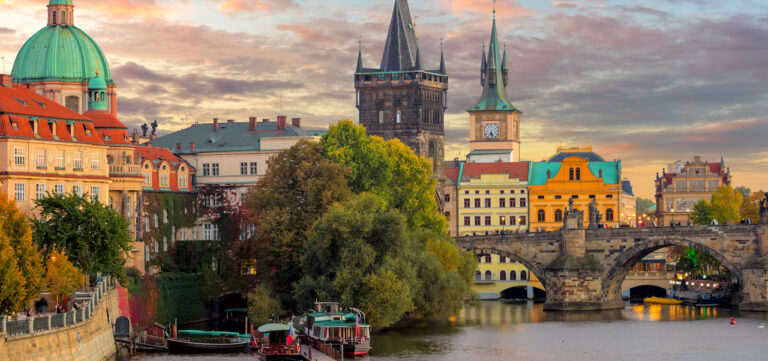
![70501bb6-382f-490b-b696-c3d66a2b739b[1]](https://hobbymart.net/wp-content/uploads/2022/06/70501bb6-382f-490b-b696-c3d66a2b739b1-768x384.jpg)
![191212_pct_podzim_small_00069[1]](https://hobbymart.net/wp-content/uploads/2022/06/191212_pct_podzim_small_000691-768x512.jpg)

2. Olomouc
Olomouc is a city in the Czech Republic. It has about 99,000 inhabitants, and its larger urban zone has a population of about 384,000 inhabitants (2019).
![olomouc33[1]](https://hobbymart.net/wp-content/uploads/2022/06/olomouc331-768x501.jpg)
![Czech-Olomouc[1]](https://hobbymart.net/wp-content/uploads/2022/06/Czech-Olomouc1-768x510.jpg)
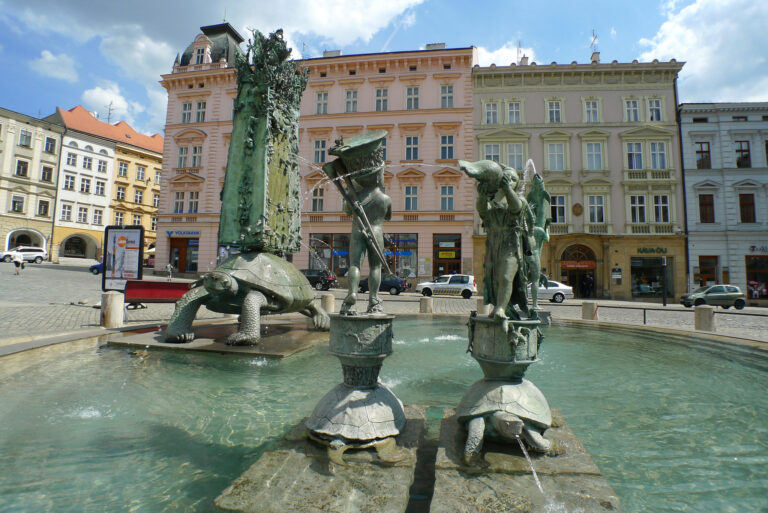
![P1480381[1]](https://hobbymart.net/wp-content/uploads/2022/06/P14803811-768x476.jpg)

3. Ostrava
Ostrava is a city in the north-east of the Czech Republic, and the capital of the Moravian-Silesian Region. It has about 280,000 inhabitants. It lies 15 km (9 mi) from the border with Poland, at the confluences of four rivers: Oder, Opava, Ostravice and Lučina. Ostrava is the third largest city in the Czech Republic in terms of both population and area, the second largest city in the region of Moravia, and the largest city in the historical land of Czech Silesia. It straddles the border of the two historic provinces of Moravia and Silesia. The wider conurbation – which also includes the towns of Bohumín, Havířov, Karviná, Orlová, Petřvald and Rychvald – is home to about 500,000 people, making it the largest urban area in the Czech Republic apart from the capital, Prague.
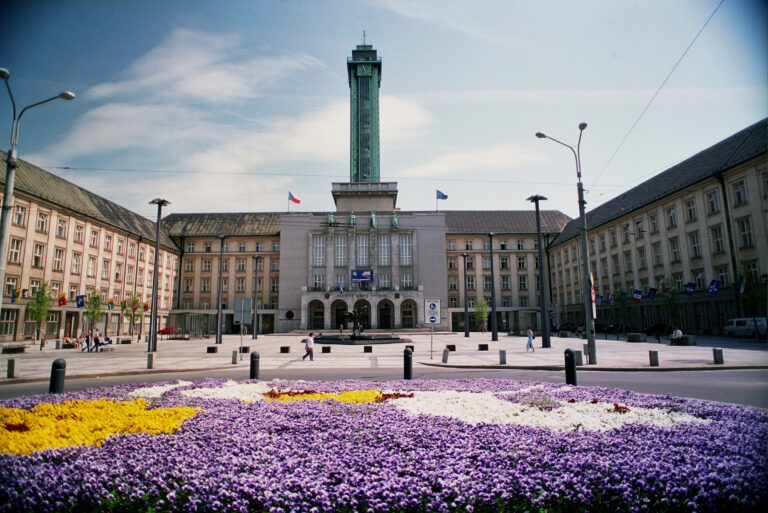
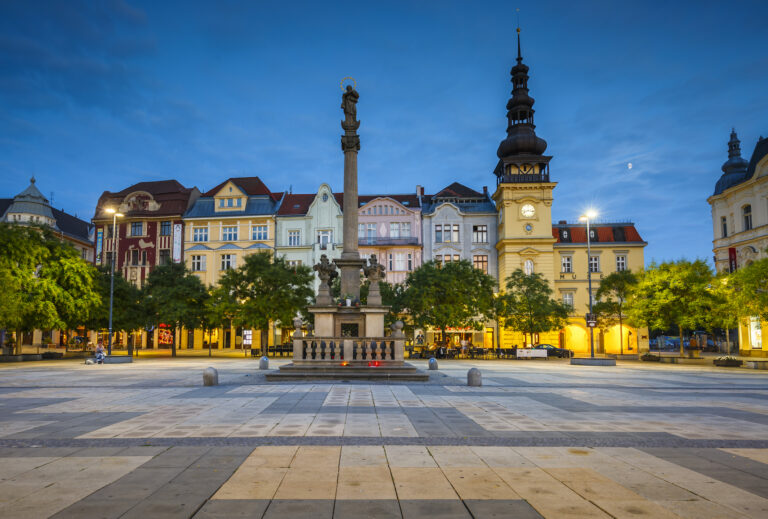
![Ostrava_edit[1]](https://hobbymart.net/wp-content/uploads/2022/06/Ostrava_edit1-768x512.jpg)
![Ostrava-in-Prague[1]](https://hobbymart.net/wp-content/uploads/2022/06/Ostrava-in-Prague1-768x403.jpg)
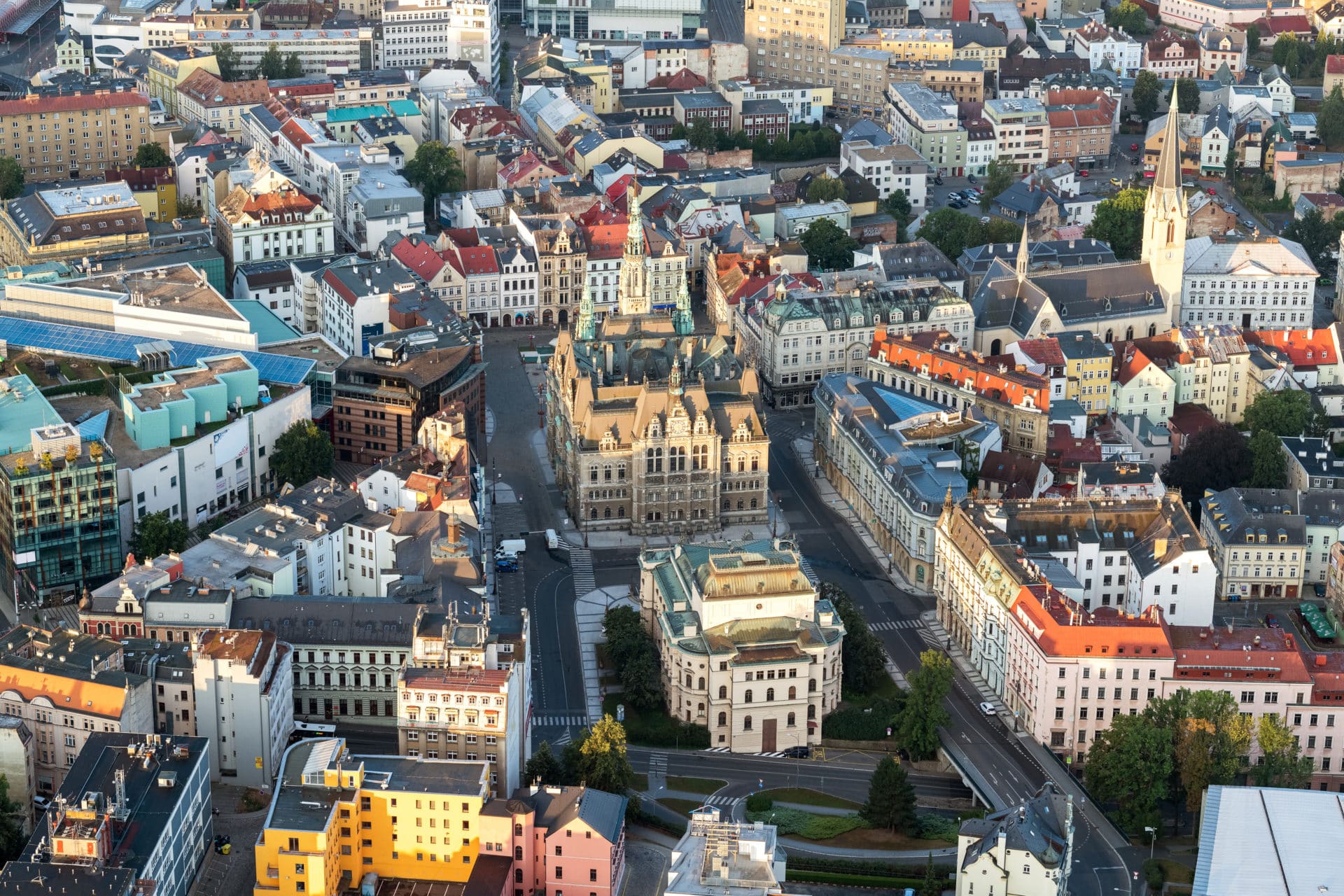
4. Liberec
Liberec is a city in the Czech Republic. It has about 103,000 inhabitants and it is the fifth-largest city in the country. It lies on the Lusatian Neisse and is surrounded by the Jizera Mountains and Ještěd–Kozákov Ridge. The city centre is well preserved and is protected by law as an urban monument zone.
![main-8[1]](https://hobbymart.net/wp-content/uploads/2022/06/main-81-768x432.jpg)
![dreamstime_xxl_129994220[1]](https://hobbymart.net/wp-content/uploads/2022/06/dreamstime_xxl_1299942201-768x512.jpg)
![liberecc[1]](https://hobbymart.net/wp-content/uploads/2022/06/liberecc1-768x328.jpg)
![119967[1]](https://hobbymart.net/wp-content/uploads/2022/06/1199671-768x481.jpg)

5. Ceske Budejovice
České Budějovice is a city in the South Bohemian Region of the Czech Republic. It has about 93,000 inhabitants. It is located in the valley of the Vltava River, at its confluence with the Malše.
![dreamstime_xxl_165331958[1]](https://hobbymart.net/wp-content/uploads/2022/06/dreamstime_xxl_1653319581-768x512.jpg)
![122686-Ceske-Budejovice[1]](https://hobbymart.net/wp-content/uploads/2022/06/122686-Ceske-Budejovice1-768x432.jpg)
![webcam_České_Budějovice_Czechia[1]](https://hobbymart.net/wp-content/uploads/2022/06/webcam_Ceske_Budejovice_Czechia1.jpg)
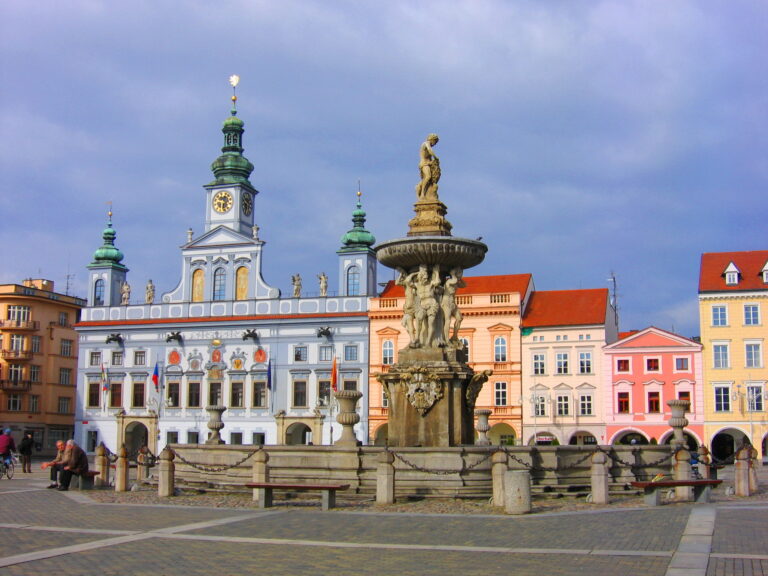
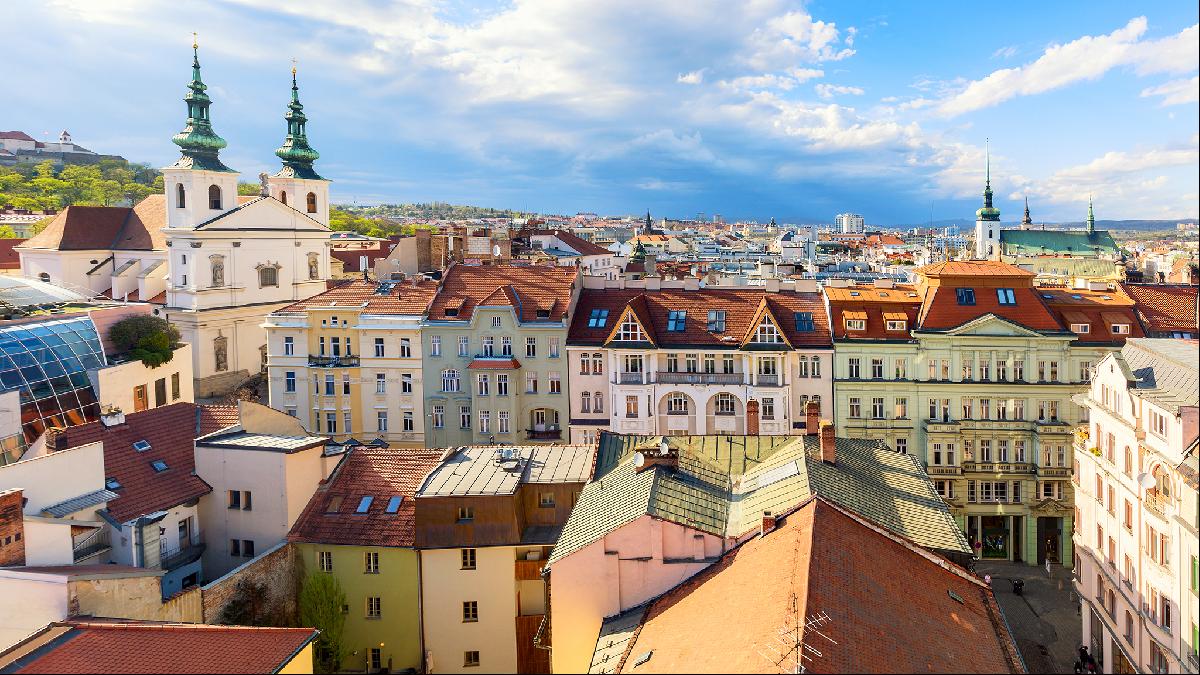
6. Brno
Brno is a city in the South Moravian Region of the Czech Republic. Located at the confluence of the Svitava and Svratka rivers, Brno has about 380,000 inhabitants, making it the second-largest city in the Czech Republic after the capital, Prague, and one of the 100 largest cities of the EU. The Brno metropolitan area has almost 700,000 inhabitants.
![brno-czech-republic[1]](https://hobbymart.net/wp-content/uploads/2022/06/brno-czech-republic1-768x432.jpg)
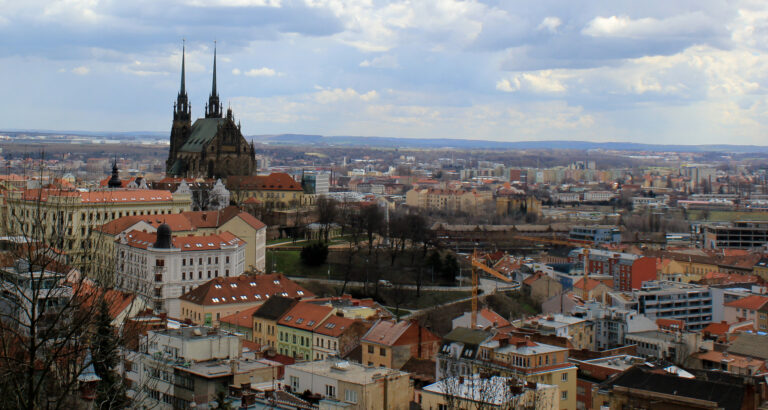
![brno[1]](https://hobbymart.net/wp-content/uploads/2022/06/brno1-768x510.jpg)
![12726[1]](https://hobbymart.net/wp-content/uploads/2022/06/127261-768x576.jpg)

7. Adršpach Rock City
The Adršpach-Teplice Rocks are an unusual set of sandstone formations covering 17 km2 in northeastern Bohemia, Czech Republic. They are named after two nearby municipalities: Adršpach, and Teplice nad Metují. The site was apparently a regional destination during the 19th and early 20th century, as attested by the varied language of stone inscriptions on the site, and surviving postcards.
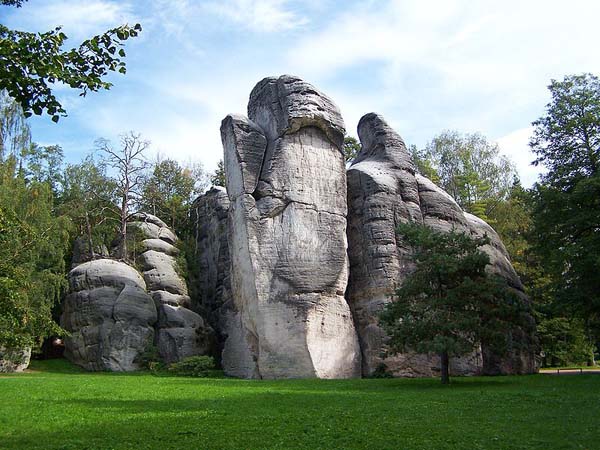
![ab08a70def3b598f50df2d79cd55102a[1]](https://hobbymart.net/wp-content/uploads/2022/06/ab08a70def3b598f50df2d79cd55102a1.jpg)
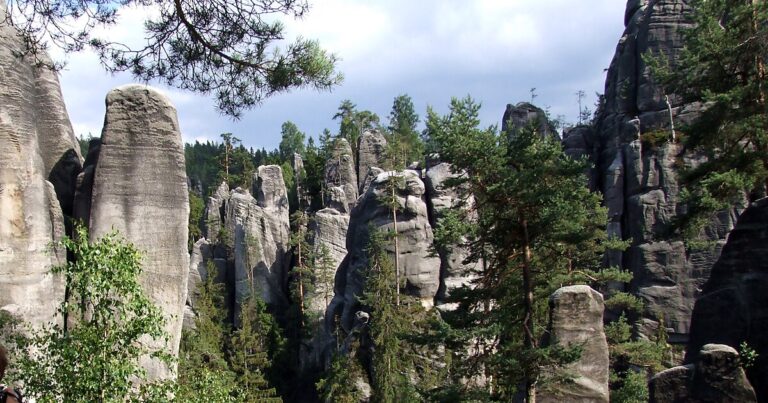
![DF6E585B-0BEF-4F42-876DEF22EFB590D1_top[1]](https://hobbymart.net/wp-content/uploads/2022/06/DF6E585B-0BEF-4F42-876DEF22EFB590D1_top1-768x320.jpg)
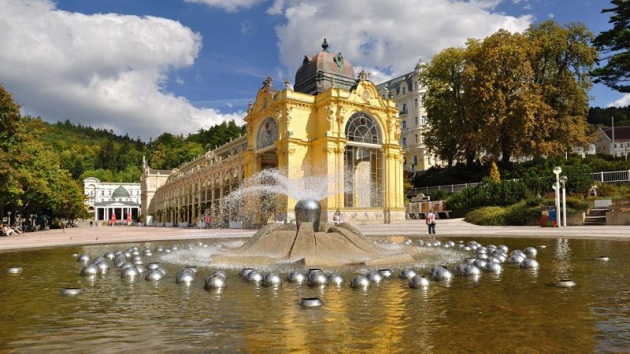
8. Mariánské Lázně
Mariánské Lázně is a spa town in Cheb District in the Karlovy Vary Region of the Czech Republic. It has about 12,000 inhabitants. Most of the town's buildings come from its Golden Era in the second half of the 19th century, when many celebrities and top European rulers came to enjoy the curative carbon dioxide springs.
![2[1]](https://hobbymart.net/wp-content/uploads/2022/06/21-768x432.jpg)
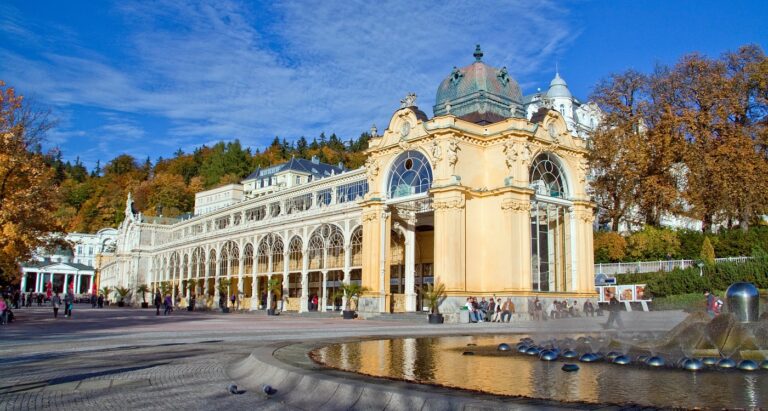
![1-1[1]](https://hobbymart.net/wp-content/uploads/2022/06/1-11-768x432.jpg)
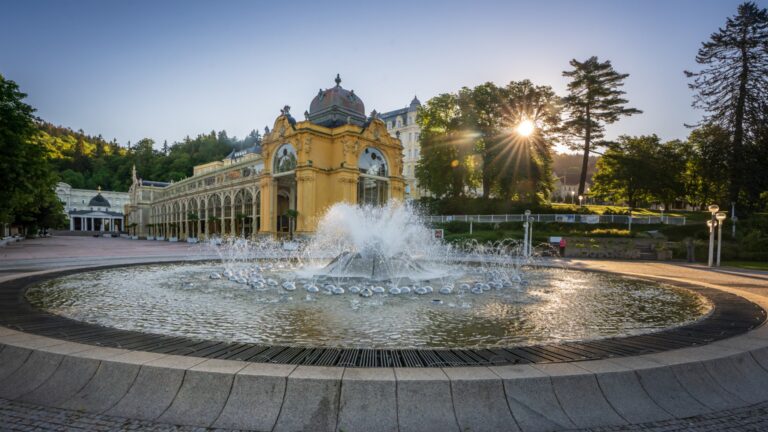

9. Šumava National Park
The Šumava National Park is a national park in the South Bohemian regions of the Czech Republic along the border with Germany (where the smaller adjacent Bavarian Forest National Park lies) and Austria. They protect a little-inhabited area of the mountain range of the same name, the Šumava or Bohemian Forest.
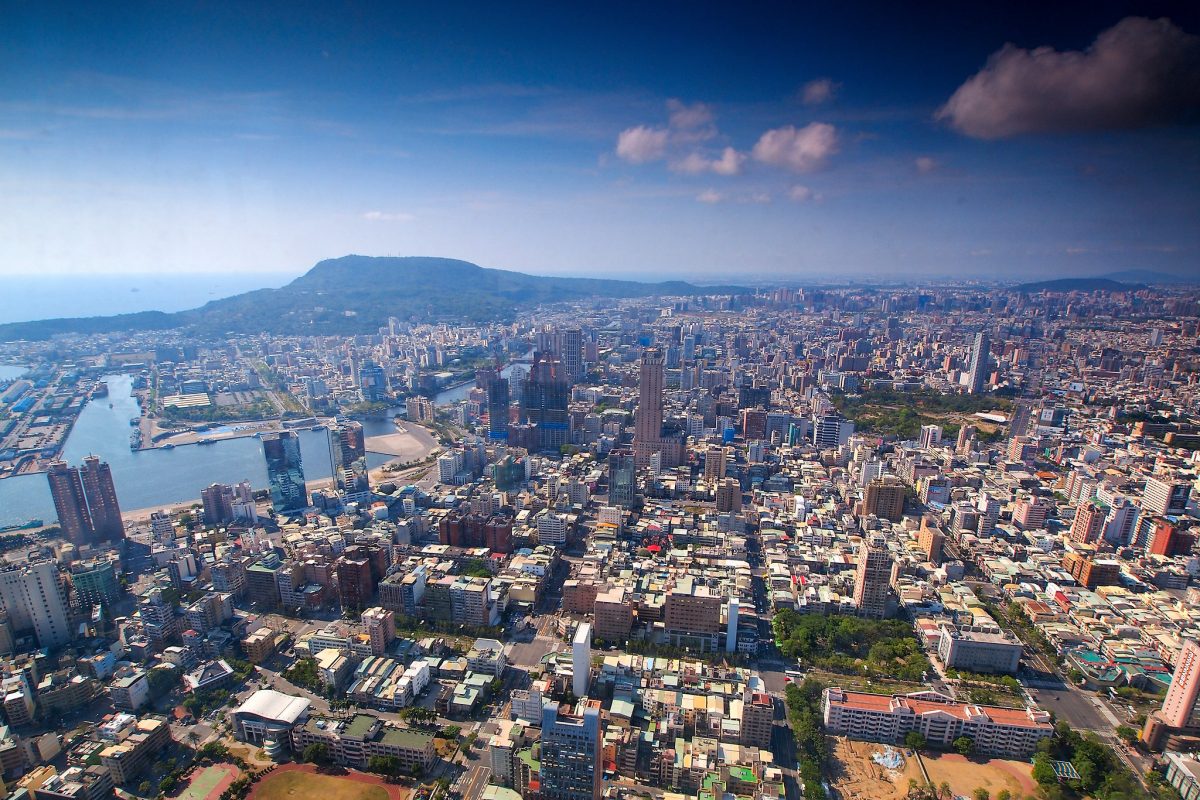
10. Loket
Loket is a town of in Sokolov District in the Karlovy Vary Region of the Czech Republic. It has about 3,100 inhabitants. The town centre itself features Loket Castle, a 12th-century gothic castle. The town centre is well preserved and is protected by law as urban monument reservation.


